New Hi-Tech Hiking Shoes Could Make You a Lot Faster
New Hiking Shoe Tech Might Reduce an Appalachian Trail Thru Hike by 1-2 Weeks
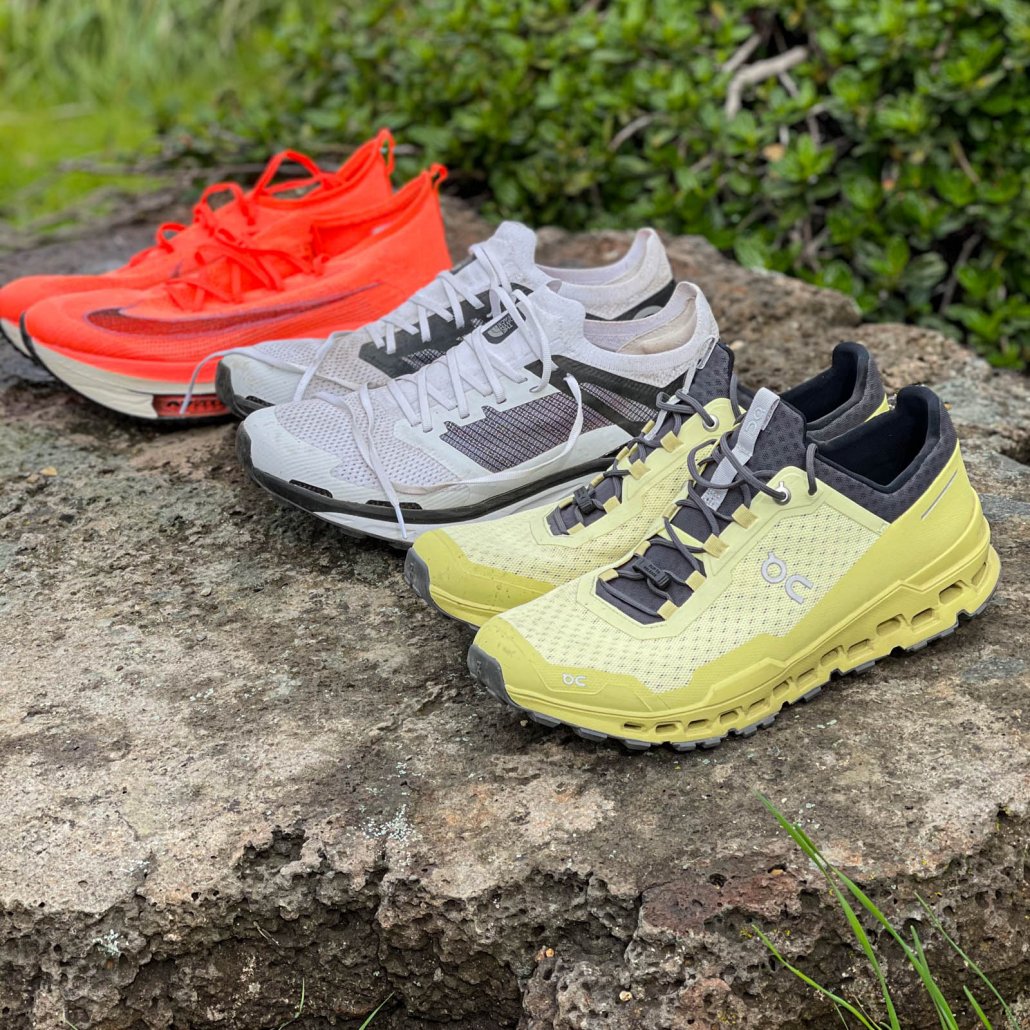
The North Face Flight Vectives (white) & On CloudUltras (yellow) are our top picks for the new generation of high efficiency trail shoes. Both use technology similar to Nike’s Air Zoom Alphafly Next% running shoes (orange, upper left) that Eliud Kipchoge wore to break the sub-2 marathon in Vienna in 2019.
Shoe Energy Return Matters
New Running Shoe Technology Could Have Significant Benefits for Hikers & Backpackers
It turns out that hikers and backpackers have been looking at the wrong metric for shoe performance (and we won’t even mention boots!). Yes, a light shoe is good. But what matters most in a shoe is energy return. Hi-Tech hiking shoes is a new and exciting development.
Yeah, the sad fact is that hikers and backpackers have focused very little or at all along energy efficiency/return. Instead, the main topics of discussion have been overall shoe weight, followed by the sole grip, rock-plate protection, and whether a wide-toe box is good or not, etc. None of these have much, if any, effect on hiking efficiency with the exception of shoe weight which likely adds a slight increase in hiking efficiency.
So, hikers and backpackers should take a keen interest when a new shoe technology (used in the Nike Air Zoom Alphafly Next% running shoes) compels the World Athletics Organization (the track and field governing body formerly known as IAAF) to start regulating running shoes. Because that almost certainly means that like swimsuits in the Olympics or aero-bikes in road-racing and triathlons, there’s a new technology with a significant time/speed advantage.
In this case, it is the tech in Nike’s Air Zoom Alphafly Next% running shoes that Eliud Kipchoge wore to break the sub-2 marathon in Vienna in 2019. These shoes might be as much as 5% or faster than the average running shoe. But now that this technology is available in a few 2021 trail running shoes this has significant implications for hiking and backpacking. This is because trail running shoes have been used for decades by many fast hikers and ultralight backpackers.
Reduce the average Appalachian Trail Through hike by 1 to 2 weeks?
Five percent faster is monumental. To put that in perspective, if you run a 10-minute mile, with no extra effort, switching from some “plain vanilla running shoes, the Alphafly Next% running shoes might have you running 30 seconds a mile faster. Or in the case of backpacking, the same efficiency gain would reduce the average Appalachian Trail Through hike by 1 to 2 weeks!
Field Testing
From winter through this spring we’ve been field testing the new high-energy return / hi-tech hiking shoes and we’re pretty excited about them. They may well be the future of hiking shoes. In addition to testing the hottest new high-energy return hiking shoes, we’ve also been running in their tech predecessor the Nike’s Air Zoom Alphafly Next% running shoes that Eliud Kipchoge wore to break the sub-2 marathon. So we’ve covered trails both hiking and running in these shoes as well as using the same tech for road running.
Note: two shoes using this tech are in our new Best Hiking Shoes for 2021.
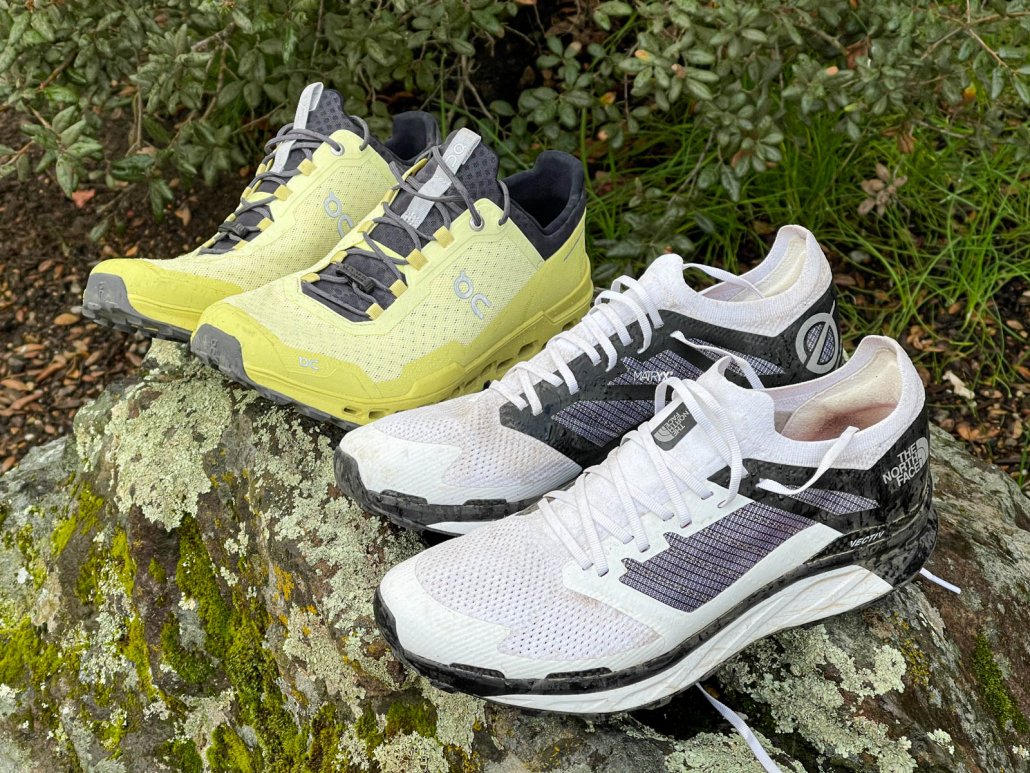
The North Face Flight Vectives and On CloudUltras are our top picks for the new generation of high-efficiency trail shoes.
Good News! Hi-Tech hiking shoes are available!
You can already buy the Hiking Version of these Hi-Tech Shoes
There are already two trail running shoes on the market using this technology. And these shoes are starting to win big and set records. (Note, trail running shoes have been used for decades by many fast hikers and ultralight backpackers). In this post we’ll:
- cover how these shoes can benefit hikers and backpackers of all speeds and abilities
- go more in-depth into the technology of these shoes
- give an initial review/assessment of two Hi-Tech Hiking Shoes already on the market
- On CloudUltra
- The North Face Flight Vective
So What Tech Makes These Shoes Faster?
Both The North Face Flight Vectiv and the On CloudUtras include the 2 key components regulated by the World Athletics Organizati that make shoes faster:
- A high energy return midsole plate | (usually carbon fiber) that runs the length of the shoe. Like a springboard for diving it springs you forward with every step returning more energy than a conventional shoe. [The World Athletics Organization regulates that a shoe cannot contain more than one “rigid embedded plate or blade.”]
- High energy return foam midsole | Standard mid-sole foams are only 60% efficient in returning energy from your stride — that is, 40% is wasted. In comparison, the top of the line Nike Zoom-X foam returns 80% of energy and their high-tech airpod on the front of the Alphafly Next% returns 90% — you get almost all of it back! In addition, most new-tech shoes have a thicker midsole (stack height) so they can incorporate more of the high energy return foam. [The World Athletics Organization regulates that a shoe cannot exceed a 40mm stack height]
Obviously these regulations do not apply to trail running shoes. We already have shoes with stack heights greater than 40mm of high energy return foam and likely will see more complex, multi plate midsole plates in the future.
How does this Tech Help hikers & backpackers?
Well because for the same level of effort these shoes are faster — not just for runners but likely for hikers and backpackers too. In fact, the benefits could be as high or even higher given how heavy, stiff and clunky many hiking shoes are. As such, in the next few years we predict that many FKT’s (Fastest Known Times) on major trails, like the John Muir Trail, and the Appalachian Trail will be broken wearing shoes using the new technologies.
But to put this “average hiker terms,” if a hiking shoe could make you 5% faster it would take a week-and-a-half off of the average time to hike the Appalachian Trail. That is, if a hiking shoe returned a similar amount of energy from your stride as the Nike Air Zoom Alphafly Next% — that would reduce an Appalachian Trail thru hike by about 9 days.
Top Picks for High Energy Return Hi-Tech Hiking Shoes
You make Adventure Alan & Co possible. When purchasing through links on our site, we may earn an affiliate commission at no additional cost to you. Here’s why you can trust us.
The North Face Flight Vectiv | Hi-Tec Trail Shoe
The North Face attributes 17 different trail records to this brand new model
Weight: 10.5 Oz (285 G) Men’s 9
Stack Height Heel/Toe: 25mm/19mm
Heel-to-Toe Drop: 6 mm
MSRP: $199
What We Like: Hi-Tec, high energy-return, lightweight trail running shoe that prioritizes speed, energy output without sacrificing grip on tricky trails.
MSRP: $199
What We Like: Likely the highest tech highest efficiency trail shoe — The North Face Flight Vectiv Shoes are the only shoes to have all the key hi-tec, high efficiency components of a top running shoe, carbon-fiber plate and high energy return midsole foam, into a trail shoe that will benefit hikers and runners alike. Nonetheless they feel and hike like a normal shoe, with good trail sensitivity and grip.
PROS: Engineered for speed, will maximize efficiency and shave time off any trip. 3.5mm lugs are designed to stick to any surface, whether it’s slippery rocks, mud, or ice. Extremely lightweight. 6mm drop is a happy medium between high and low drop shoes
CONS: Brand-new shoe, we do not have a large amount of data about its long-term durability or performance. More expensive than other similar models. White is not a great color for a trail shoe!
BEST FOR: Long day-hikes, trail runs, and backpacking trips where you want maximum energy return. Athletes who want to move quickly over varied terrain
On CloudUltra
Weight: 10.4 ounces (Men’s 9)
Stack Height Heel/Toe: unavailable
Heel-to-Toe Drop: 8mm
MSRP: $180
What We Like: On’s proprietary energy return tech — CloudTec outsole plate (Speedboard) returns energy like a springboard + Hellion Superfoam midsoles — make for very efficient trail shoe. But without sacrificing, trail feel, traction and comfort. New quick-release lace loosener for forefoot comfort at the end of a long day.
PROS: All-day comfort no matter which terrain you take these shoes on. Proprietary technology combines speed and comfort, putting your feet on a “springboard.” Extremely versatile, can be used for long hikes/backpacking trips, or running quickly on tricky trail. Very lightweight for the amount of support in the shoe. “Just right fit,” not too narrow or wide, comfortable out of the box. Fully gusseted tongue stays in place and stops debris from entering the shoe. Shoe laces can be released / loosened without fully taking the shoes off to relieve swollen feet at the end of a day
CONS: More expensive than standard (non-energy return) shoes. Firm Helion Superfoam may feel too stiff for some
BEST FOR: Users who are looking for all-day comfort without sacrificing weight. Traveling on and off trail, these shoes will perform on a variety of surfaces. Moving quickly and confidently on a variety of surfaces
Conclusion
We think these shoe efficiency improvements are here to stay. And as the technology trickles down into more and more trail running and even light hiking shoes and the price drops — more and more hikers will choose these shoes. In the end, we’ll all win.
- For those that like to hike distance: you’ll get a few more beautiful miles each day along a trail with less effort
- For those not so focused on distance: You can walk the same distance you usually do each day but get into camp earlier and less tired with more time to fish, cook a great dinner, meditate on the side of a stream, or do some golden hour photography.
Tech is just a way to have a better trip
And yeah, let’s not forget tech is just a means to an end. In this case, if used properly, it can help you have an easier and better hike. Who wouldn’t want that?
Appendix
Would you get the same advantage in a hiking shoe?
The answer is nobody knows for sure the exact % benefit of these technologies for hiking or backpacking. At this point this is unproven and may remain unproven for some time. The only positive data/information is the performance record of The North Face Fight Vectiv shoes and even that is for ultrarunning and not hiking.
One could argue that the new “running shoe technologies” might make an even greater increase in efficiency for hiking shoes. Just adding an average-performance carbon plate and a higher-energy-return insole foam might dramatically increase the efficiency of a trail shoe. That is, one could hazard a good guess that the average trail shoe might be very inefficient — given the current low-end technology in many trail shoes which are heavy, clunky, and stiff. And that changing to a 10 ounce, high-tech shoe might increase hiking efficiency well in excess of 5%.
Not the same as Running
- The data mining, and statistics the New York Times did was on increase in running efficiency and not on hi-tech hiking shoes.
- Hiking, even fast hiking, does not have not as high impact, propulsive force, or as much foot flexion as running. Whether this makes a difference how much of a % increase a shoe can have on hiking efficiency vs. running efficiency is unknown.
Same as Running
- Many ultralight and lightweight backpackers and hikers use lightweight running shoes
- Weight matters in a shoe, maybe not as much as energy return, but it matters and these shoes are very light.
- When waking the shoe sole flexes (midsole plate), and foam compresses (higher energy return foam). So one could assume that there would be at least some increased efficiency for walking and hiking.
- Data mining the New York Times does show that the new running shoes had the same benefit for slower runners as elite runners. This might support that the slower pace of hiking might also get significant efficiency gains.
- Finally, like the slow vs fast runners above: at least from a cycling aerodynamics perspective, it turned out that the benefits were the same even for recreational level fitness level cyclists. In fact, because they spend more time on the bike for the same course the overall time saved was even more. Might the same be true for fast hikers vs. runners?
Reduce your “apparent pack weight” by 5-10 pounds?
A rule of thumb is that when on foot a 1% decrease in total weight equals a 1% increase in speed. So for an average total hiker weight of 160 lb + 20 lb pack = 180 lb. And 5% of 180 lb is 9 pounds. So, one way to look at this is as an apparent decrease of almost 10 pounds of pack weight — at least as far as your hiking speed/level of effort is concerned.

 Best Women’s Hiking Pants 2021
Best Women’s Hiking Pants 2021
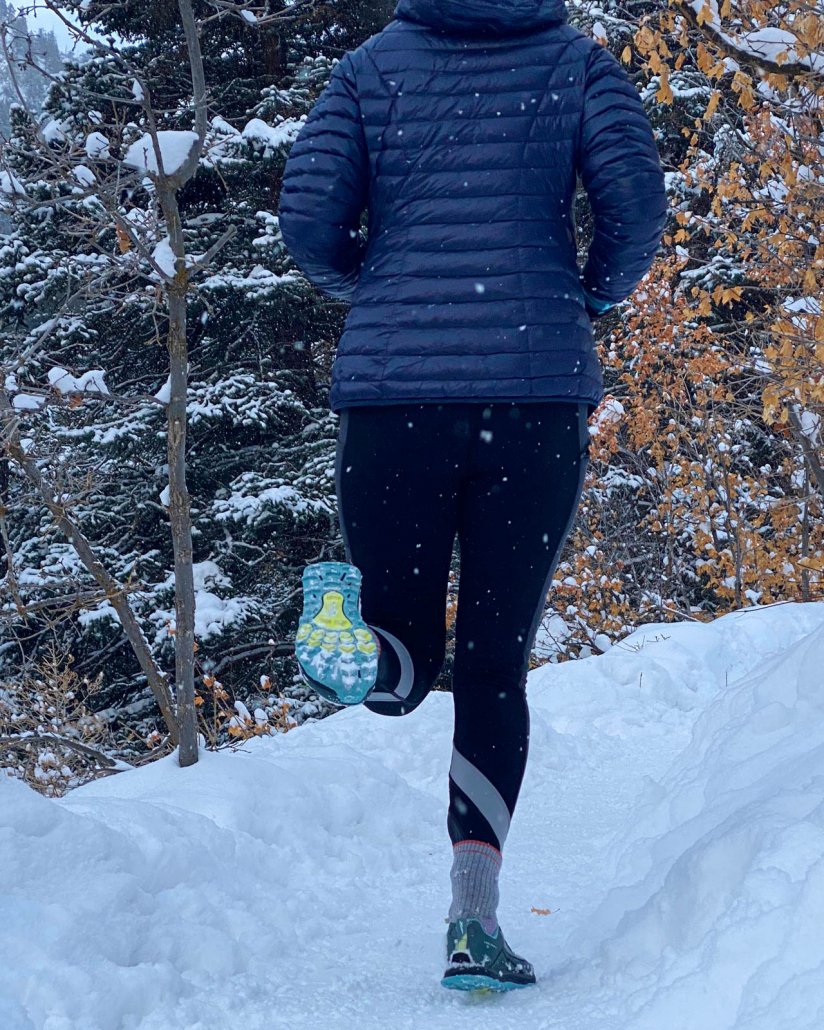
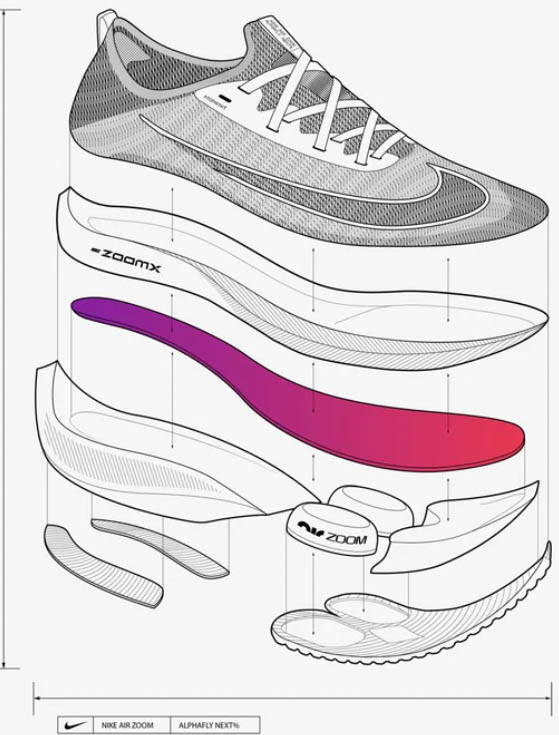
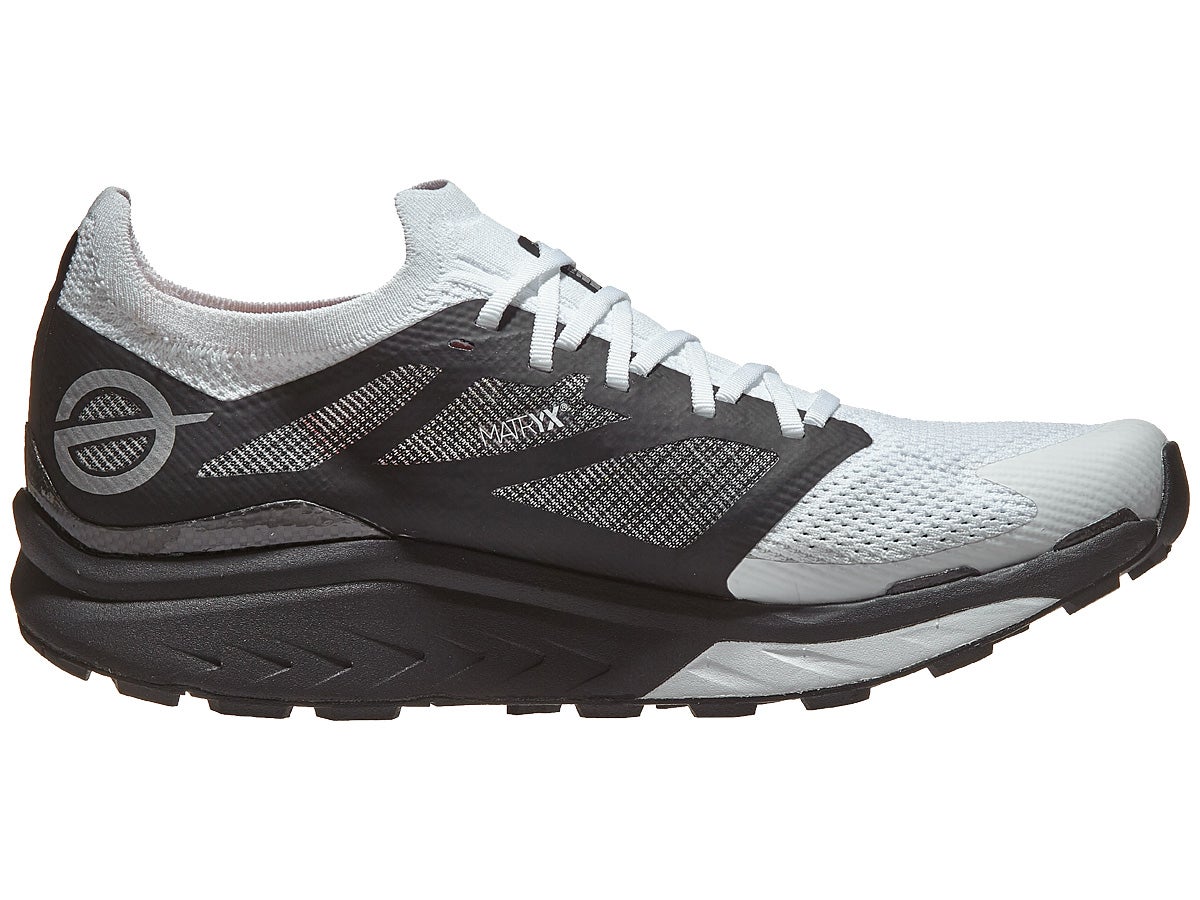
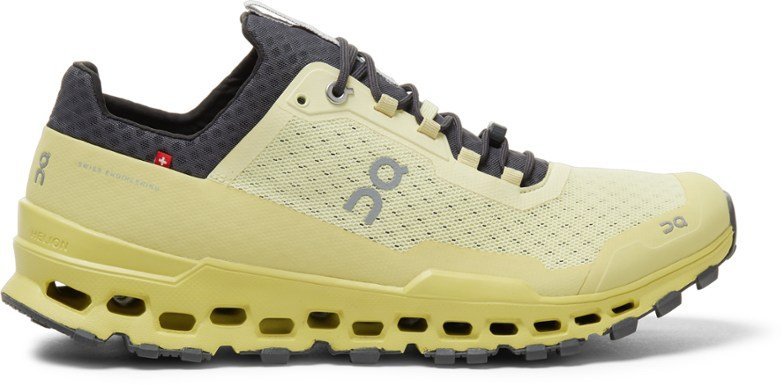
Share this entry